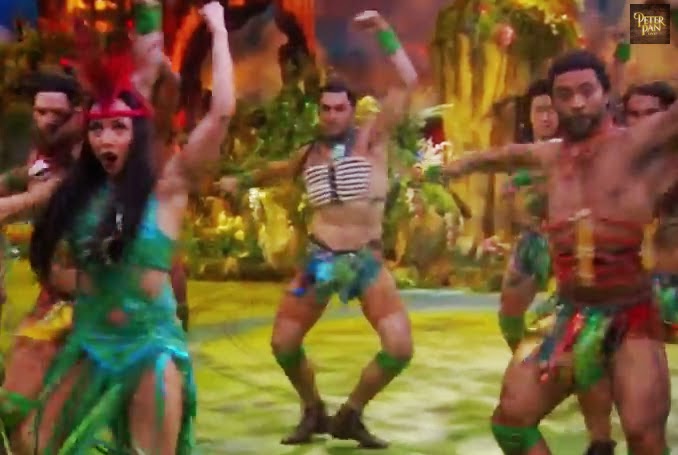Roy Boney's
We Speak in Secret is one of many stories that will be in
Tales of the Mighty Code Talkers: Volume 1, to be published by the
Indigenous Narratives Collective (INC Comics). Boney's story was released in November and is available for $1.99. Here's the first page. The symbols at top are in the Cherokee syllabery, developed by Sequoyah. Development of that syllabery is included in
We Speak in Secret:
Some months back,
I recommended Arigon Starr's comic about the Choctaw Code Talkers. Both Starr and Boney tell us a lot about the servicemen Americans know as the Code Talkers. Hopefully, readers of AICL have seen recent media coverage of code talkers.
In their respective comics, Starr and Boney, tell us who the code talkers were, as young people in the wars in which they served.
The first page of Boney's story tells us a lot about his character. His name, written using the Cherokee syllabary is
ᎠᏟᏐᎢ.* Mr. Boney told me it is pronounced ah-thlee-so-ee.
ᎠᏟᏐᎢ thinks about his childhood, playing with his friends. He wants to soak his feet in the creek where he caught crawdads. He tells us his name in Cherokee, and that it means "I habitually run." Some fellow soldiers call him Runabout Smoke. He talks about stereotypes and how they shape the way some soldiers interact with him. One calls him "chief" and tells him that they won't be using "smoke signals" on the battlefield. For the most part, they call him Runny. He isn't keen on that name either, but in the midst of a war, he let such things slide off his back in order to stay alive. In his group is a Cherokee from North Carolina who is going by the name of Moses Mouse. He, too, speaks Cherokee.
Boney uses a sepia tone on some pages, to show us his character's childhood. On one, he's a six-year-old in Indian Territory, listening to his dad and uncle talk about how their mother, a full blood Cherokee, was declared incompetent, thereby making it possible for land grabs to take place. These land grabs were part of the US government efforts to dissolve Native Nations through the
Dawes Act. His uncle says "Allotment. Fancy word for stealin'."
The heart of
We Speak in Secret is about how the Cherokee language came to be used for transmissions. The Germans were intercepting communications and able to figure out where to direct their bombs. At one point, Runny's group is hit pretty hard. He looks for Moses, calling to him in Cherokee. Moses responds, also in Cherokee. Dauber, their sergeant, is already digging Moses out of the debris and hears the two men speaking in Cherokee to each other. Of course, he doesn't understand them. The two Cherokee men realize that they can use Cherokee for transmissions. Thereafter, "Using our language proved to be a winning strategy. We confounded the enemy."
Boney's story concludes by telling readers that "U.S. Public Law 110-420 states that the Code Talkers, first reported in use October 17, 1918, deserve immediate recognition for their dedication and valor." On November 30, 2013, the U.S. Congress honored Code Talkers with the Congressional Gold Medal. The
Cherokee Phoenix (the Cherokee Nation's newspaper) has an
article about it that includes an image of the medal the Cherokee Nation made, in collaboration with the US Mint. It, too, uses the Cherokee syllabary.
In twelve short pages, Boney conveys a lot of history. I enjoyed every word, and highly recommend his story. A curator at the Heard Museum Library purchased and printed it right away. He, too, found it exceptional. He catalogued it and
put it on World Cat.
If
We Speak in Secret is an indicator of what we'll see in
Tales of the Mighty Code Talkers: Volume I, we're all in for a magnificent treat.
A bit more info about Roy Boney. He's a citizen of the Cherokee Nation. He does terrific work, much of it described on his
website.
Order and download your copy today from the
INC website.
*Post updated to include the character's name, written using the Cherokee syllabary, and the way it is pronounced.







